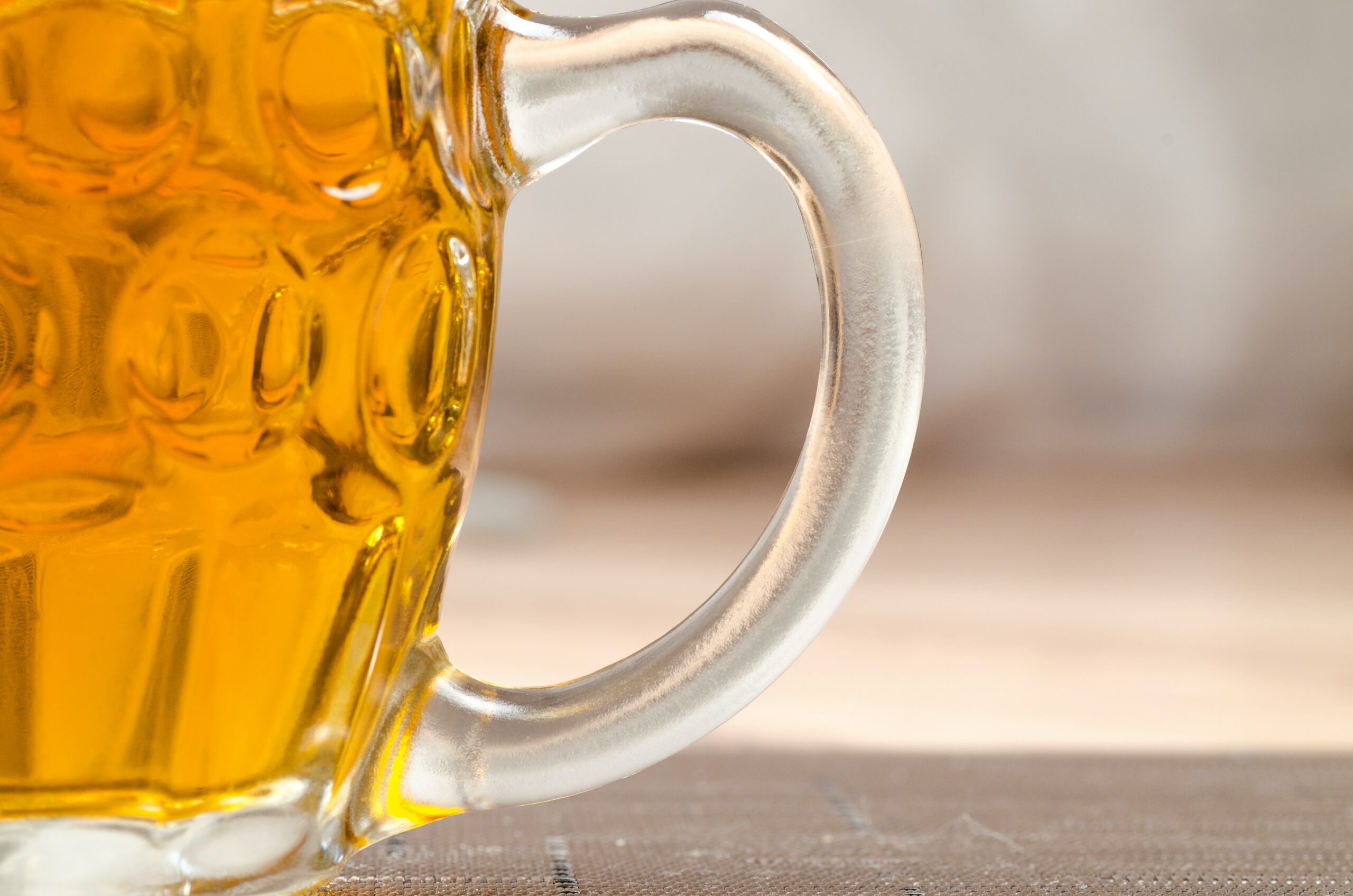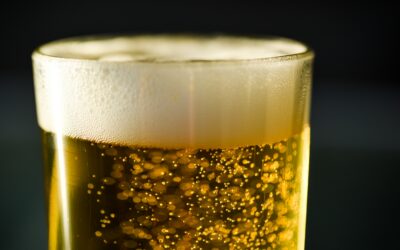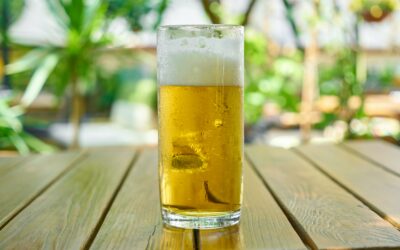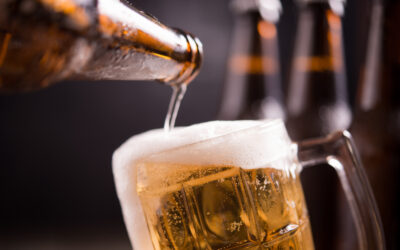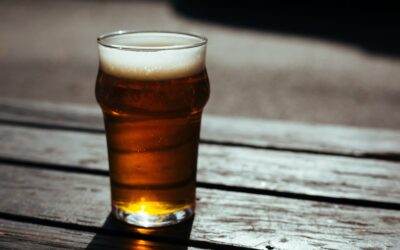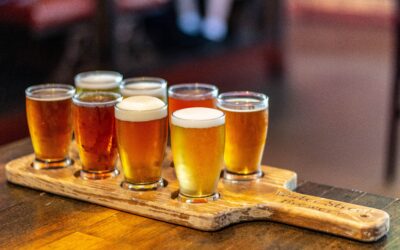The same professional obsessive streak that a brewer must deploy when making an industrial lager is also needed, in a completely different way, when they aim is to create a lager brewed, fermented and conditioned in the older, more elaborate and better flavour-imparting ways.
It is likely that the first commercially brewed lagers, which appeared around 1840, derived from the Kellerbier tradition of Bavaria and neighbouring regions of the Alpine foothills, where for centuries beers had been stored in cold caves over the summer, to save them from spoiling in the heat.
The best European lagers are made from 100% unrefined malted barley; mashed using the decoction method; hopped with German and Czech varieties such as Saaz (Cz: Žatec), Hallertau, Spalt or Tettnang; fermented by a lager yeast strain at no more than 15 Centigrade for up to two weeks; and then conditioned in lagering tanks at between 0 and 4 Centigrade, for as long as three months.
This last part of this process requires a lot of storage space at the brewery but gains the beer maturity and sees off a wide variety of immature and unpleasant flavours.
Blond lagers
The original homelands of authentic blond lager cross the borders of the Czech Republic, Germany and Austria, though the global spread of the various related styles in the late 19th century led to a few classic examples being found in other European countries, and elsewhere.
Amber lagers
Beers had been lagered over summer for centuries in Alpine caves before the emergence of factory-made examples around 1840. The first few of this new breed pre-dated Pilsener by a couple of years and were darker, in varying degrees.
Dark lagers
In the same year that Anton Dreher first made an amber lager at his brewery near Vienna, his friend and colleague Gabriel Sedlmayer the Younger first made the first commercial dark one at his family’s Spaten brewery in Munich.
Stronger lagers
In the back catalogue of central European brewing is a cluster of styles of stronger lager, known collectively as Bockbier. While nowhere near as well-known as their lighter cousins, they have amassed respect both for range and for their quiet assertiveness
Other authentic lagers
While the heritage of cold-conditioned beers is not as many-layered as that of ales, there appears nonetheless to have been a tradition of lagering some beers that goes back to the 15th century, and it is likely that at least some of these beers will have been conditioned by self-selecting lager yeast.

